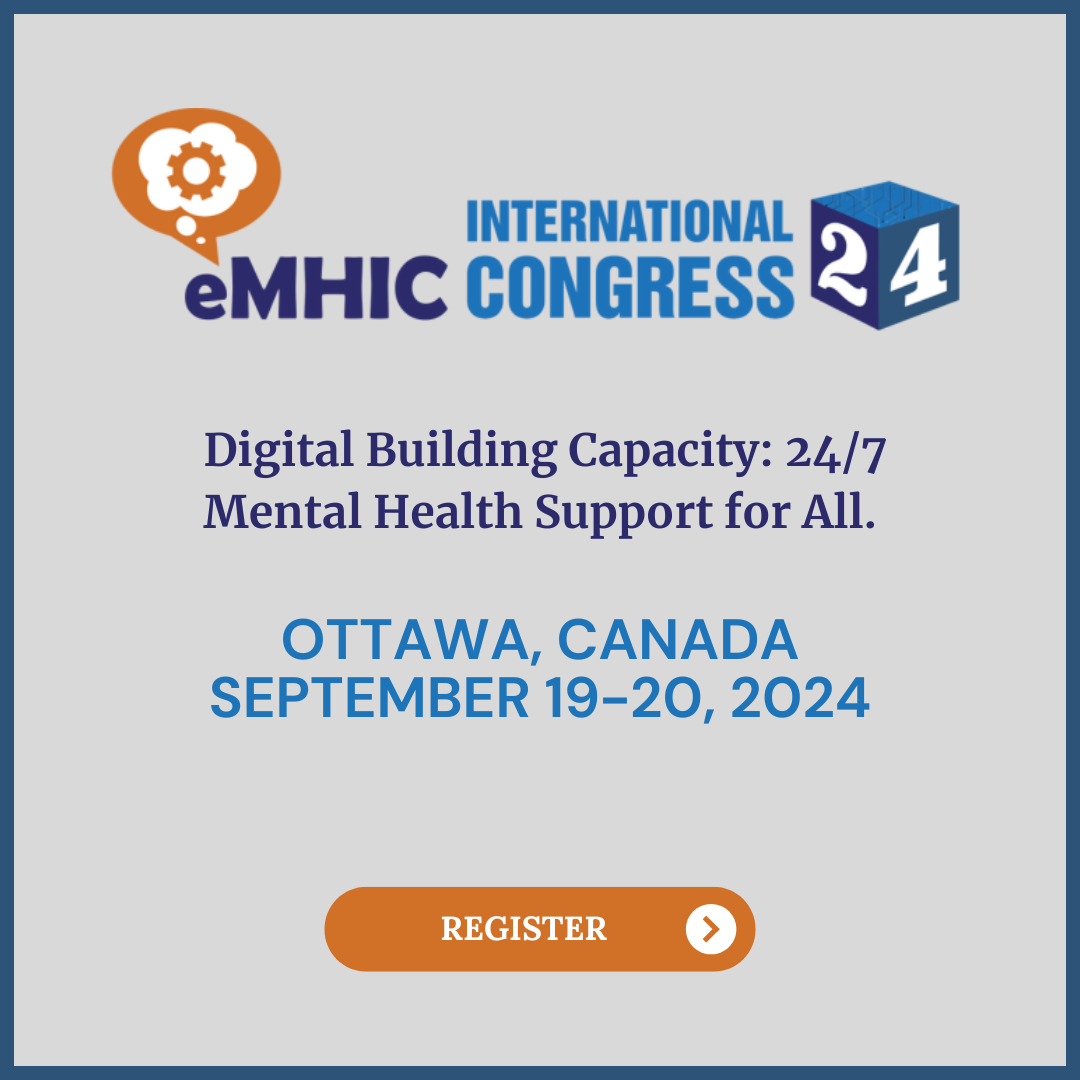If you are in distress, you can call or text 988 at any time. If it is an emergency, call 9-1-1 or go to your local emergency department.
Summary Report on the Inuit Forum on Cannabis and Mental Health
On October 9-10, 2019, representatives from the Mental Health Commission of Canada, Inuit Tapiriit Kanatami, the Canadian Centre on Substance Use and Addiction, and the Nunatsiavut Department of Health and Social Development hosted an Inuit forum on cannabis and mental health in Happy Valley-Goose Bay, Newfoundland and Labrador. This two-day dialogue marked the first opportunity for Inuit across Inuit Nunangat to come together to discuss cannabis. The purpose of the forum was to have the participants exchange knowledge and identify research gaps and priorities as a way to begin the process of developing an Inuit-specific cannabis and substance use research agenda. While the event included presentations, most of the time was spent working in small groups while engaging in wide-ranging discussions centred on cannabis, mental health, and research. Topics included cannabis use and access, risks, benefits, challenges, and best practices. Various areas of expertise were represented, including mental health and addiction counsellors, community health representatives, public health practitioners, policy advisers, and Elders. Participants wanted more information on (1) cannabis use as a form of harm reduction (for other substances), (2) the different strains of cannabis and their uses, (3) methods of use, (4) the long-term effects of smoking cannabis, and (5) the impacts of use on pregnancy and breastfeeding. After the discussion, participants worked to develop the following research questions: Want more info? Read the final report.
Purpose
Methodology
Research questions
Key Findings
SHARE THIS PAGE
RELATED



